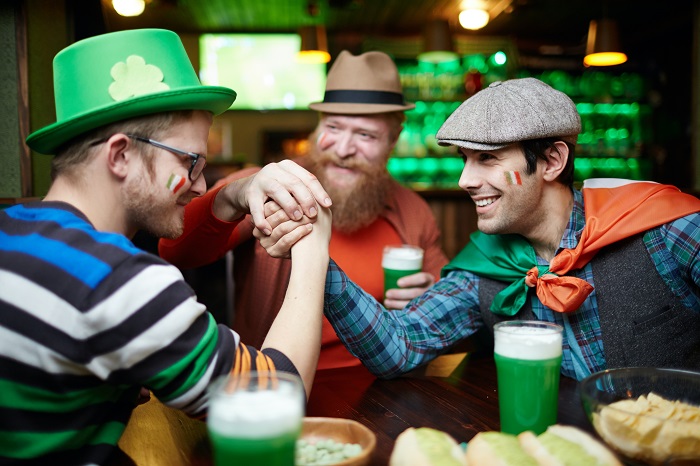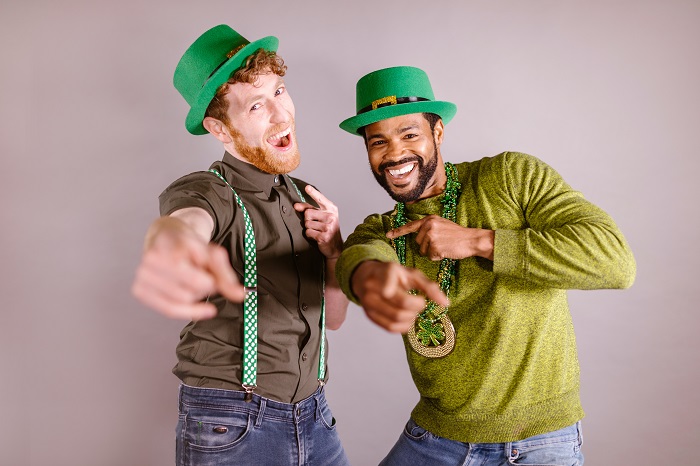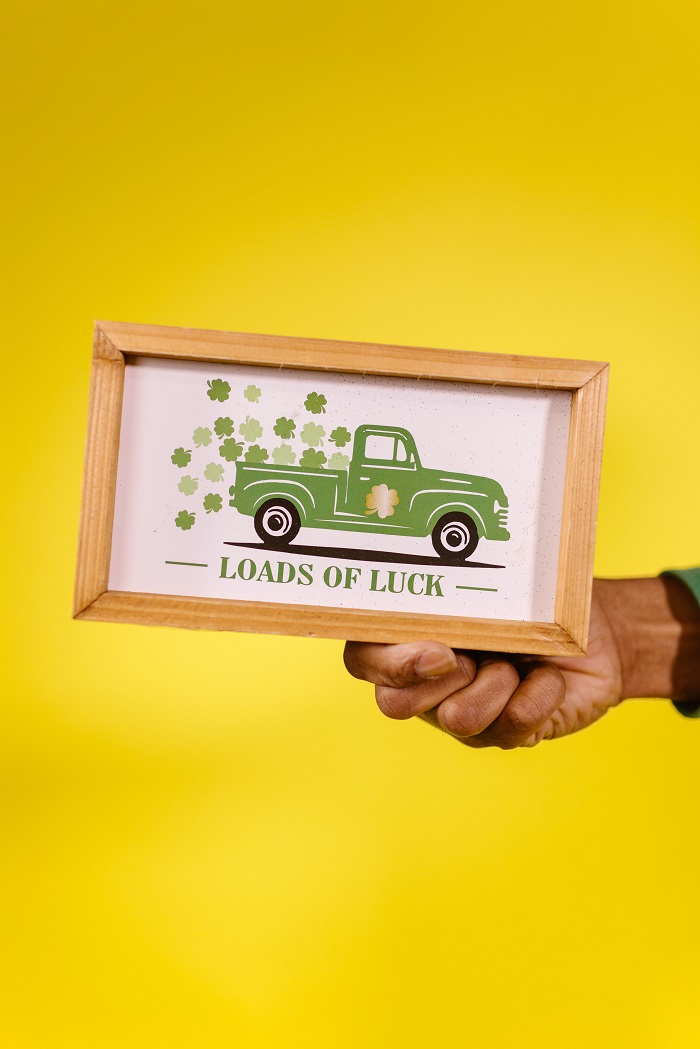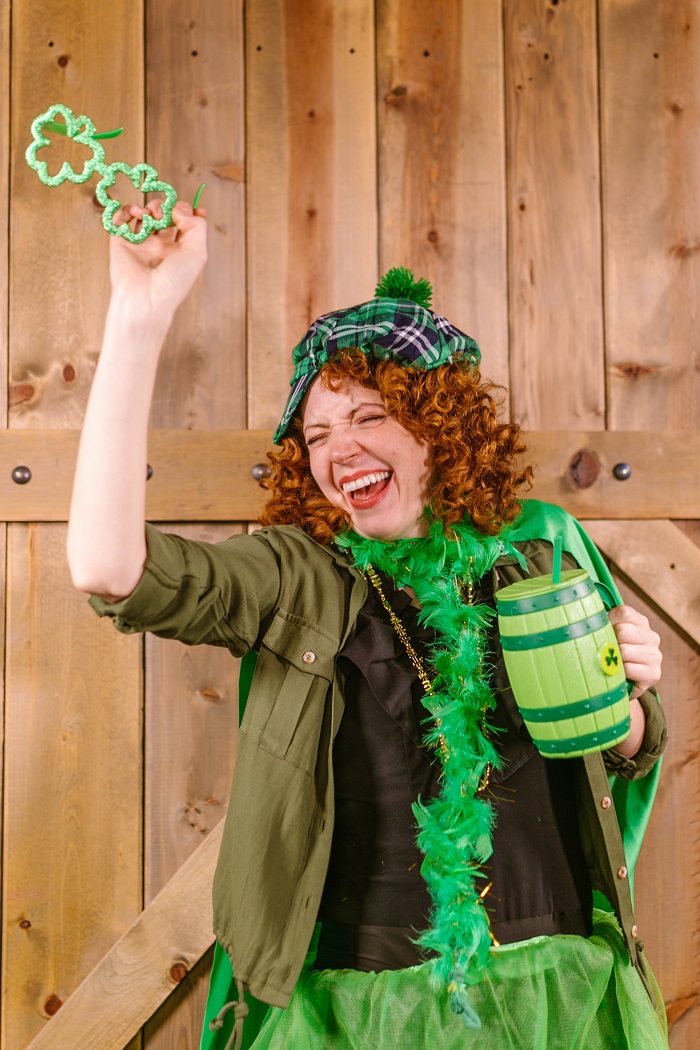In Ireland and elsewhere in the world, every 17th March is celebrated the St. Patrick’s Day.
In the Republic of Ireland, St. Patrick’s Day is a national holiday. If you too want to celebrate St. Patrick’s Day, don’t forget to wear something green or maybe put a bunch of clovers in your pocket and make a nice toast.
Saint Patrick’s Day is also celebrated elsewhere in the world, particularly in those countries where there are communities of citizens of Irish origin. When St. Patrick’s Day in Ireland coincides with the beginning of Lent or Holy Week, the celebrations are brought forward or postponed by a few days.
Here are some curiosities about Saint Patrick’s Day that you may not know yet.
1. St. Patrick was not Irish

St. Patrick is the patron saint of Ireland but was born in England around the year 385.
His parents were originally from Scotland or Wales, depending on the different versions that tell the story of the saint.
Patrick’s real name was probably Maewyin Succat. He chose the Latin name of Patrizio after being ordained a priest. He later became a bishop and a missionary.
2. St. Patrick was a slave

At the age of 14, St. Patrick was captured and taken to Ireland by force. Here he spent six years in slavery, forced to work as a shepherd.
He managed to escape and later returned to Ireland, around the age of 30, to work as a missionary among the Celtic peoples.
3. St. Patrick and the shamrock

According to legend, St. Patrick used the shamrock as a symbol of the Trinity while he was in Ireland to preach as a missionary.
Still on the basis of traditional legends, St. Patrick would have introduced the Latin alphabet to Ireland.
Recall that the official symbol of Ireland is not the shamrock, but the harp.
4. St. Patrick and the snakes

According to one of the best known legends, Saint Patrick chased all the snakes of Ireland into the sea when in 441 the Saint spent 40 days and 40 nights on Mount Croagh Padraig.
Patrick chased all the snakes out of Ireland by throwing a bell from the slopes of the mountain, which is now a sacred pilgrimage destination for the faithful.
It seems that in Ireland today there are no snakes but it is also assumed that these animals have never lived on the island.
5. St. Patrick and the green color

The traditional iconography associated the color blue, and not green, with the image of St. Patrick. In fact, his vestments in the figurative representations are blue.
But, over time, the color linked to St. Patrick and his feast became green, in association with the symbol of the shamrock and Ireland as a green island.
In Ireland – and beyond – St. Patrick’s Day is traditional to wear something green to celebrate.
6. St. Patrick around the world

The feast of St. Patrick is celebrated not only in Ireland but also in other places in the world, especially where there are citizens or communities of Irish origin.
For example, in the United States, St. Patrick’s Day was celebrated for the first time in 1737. About 34 million US citizens are of Irish descent.
St. Patrick’s Day is a national holiday in Ireland and on the Caribbean island of Montserrat, which was founded by Irish refugees.
7. St. Patrick and the celebrations

How is St. Patrick’s Day celebrated?
In Ireland and elsewhere in the world there is no shortage of toasts that continue until late at night. Ireland’s main St. Patrick’s Day parade takes place in Dublin with hundreds of thousands of attendees.
However, the largest parade in the world takes place in New York. Even in Sydney, Australia, the St Patrick’s Day celebrations are very heartfelt.
8. St. Patrick and beer

In the celebrations for St. Patrick’s Day, the classic toast with a good pint of beer is never missing.
We certainly don’t want to encourage you to abuse alcoholic beverages, but if you love beer, we recommend that you choose the handcrafted, organic and self-produced one.
Do not forget that for vegetarians and vegans there are suitable beers, produced without isinglass and without other ingredients of animal origin.
Celiacs, on the other hand, can choose gluten-free beer. Those who do not drink but do not want to give up the toast for St. Patrick can choose non-alcoholic beer.
9. St. Patrick and St. Joseph

In North America, which has a large number of communities of Italian origin, the celebrations for St. Patrick are often combined with those for St. Joseph, a holiday that falls two days later, on 19 March.
In Italy, St. Joseph’s Day coincides with Father’s Day while in the United States Father’s Day is celebrated every year on the third Sunday in June.
10. St. Patrick’s well

You have certainly heard of St. Patrick’s Well.
According to legend, during the fifth century, Christ showed Saint Patrick a well, which was the entrance to Purgatory.
The cave is located on the islet of Lough Derg, which is still a pilgrimage destination today.

0 Comments